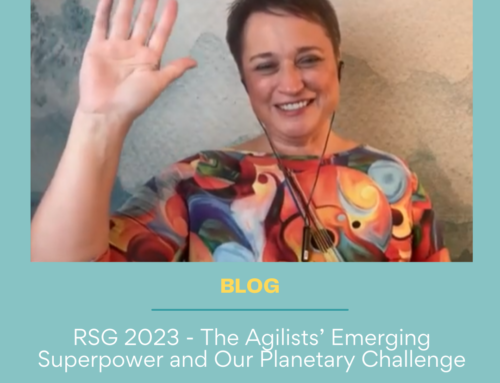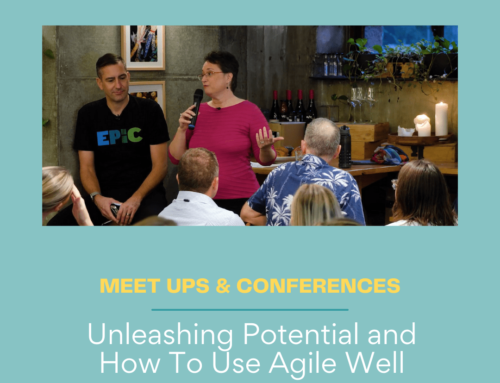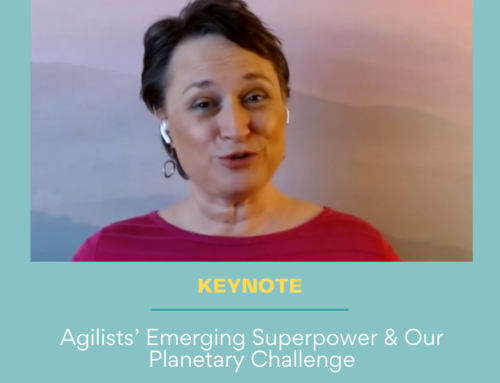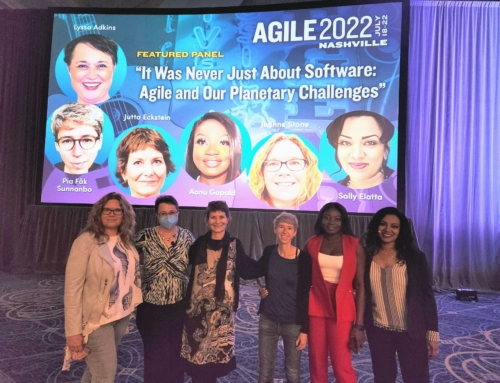LYSSA ADKINSDECEMBER 20, 2009
I wrapped up a week of Scrum training and consulting in non-profit organizations with the cherry on top – a Certified ScrumMaster workshop for non-profits modeled after the brilliant WelfareCSM concept created by Tobias Mayer. Contrasted with the Scrum courses I teach in corporate settings, this class was a slow boat into the essence of Scrum itself. The conversations centered on how this simple framework can yield profound change in the way people work together to forward the causes that mean so much to them, the causes they have chosen less pay, less notoriety, and hard work to advance.
Ministers from two states, non-profit consultants, managers from an organ donation service, and an organizer of a dog rescue group all found value in Scrum for accelerating their missions. They were avidly interested in how to make the basics of Scrum work for them. They did not bring up the topics I typically entertain in corporate classes, such as: “How do you scale Scrum?” “How does Scrum work with a geographically dispersed team?” “How do I sell Scrum to my management?” Instead, we took a deep dive into Scrum done simply, without the dysfunctions of today’s big corporations weighing us down.
When Sr. Minister Jeanne Pupke gave the group a tour of her church’s Scrum wall, it all became real. People could easily see how the mission of the church is directly reflected in the everyday activities carried out by the church’s staff. One student marveled, “This is the link between strategy and execution.” As Jeanne “walked the wall” she showed how each of those activities is represented by brightly colored sticky notes that signal when someone is getting overloaded with work so others can step in and carry the weight. “Ahhh, this is how we help one another,” a second student said.
When Jeanne described how she is able to compassionately react to a congregant’s latest great idea by showing them the Scrum wall and talking about how the idea fits (or doesn’t fit) into the highest priority items already being worked and those coming up, students remarked, “This is how we get people aligned to the most important work of our cause so they can stop (unintentionally) running our staff ragged.” And, “Maybe we can use this idea to get the Board to understand what we can truly do so that they stop pushing so many initiatives at once and, instead, they can see real results from the most important ones.” Yes, that’s what Scrum was built to do. How wonderful that it has found a home with non-profits, where this powerful expression of it as an alignment, acceleration and inclusion tool can shine brightly.
Given that this was the first time many of the students had heard the word Scrum, I didn’t expect them to go the extra mile to become Certified ScrumMasters. I was shocked and pleasantly surprised when all but two of them said, “I want to take the CSM exam and become a real CSM.” One of them went even further, “Well, if I’m going to start writing about Scrum for non-profits I should have the initials after my name, so sign me up for the exam.”
Welcome non-profit CSMs!






